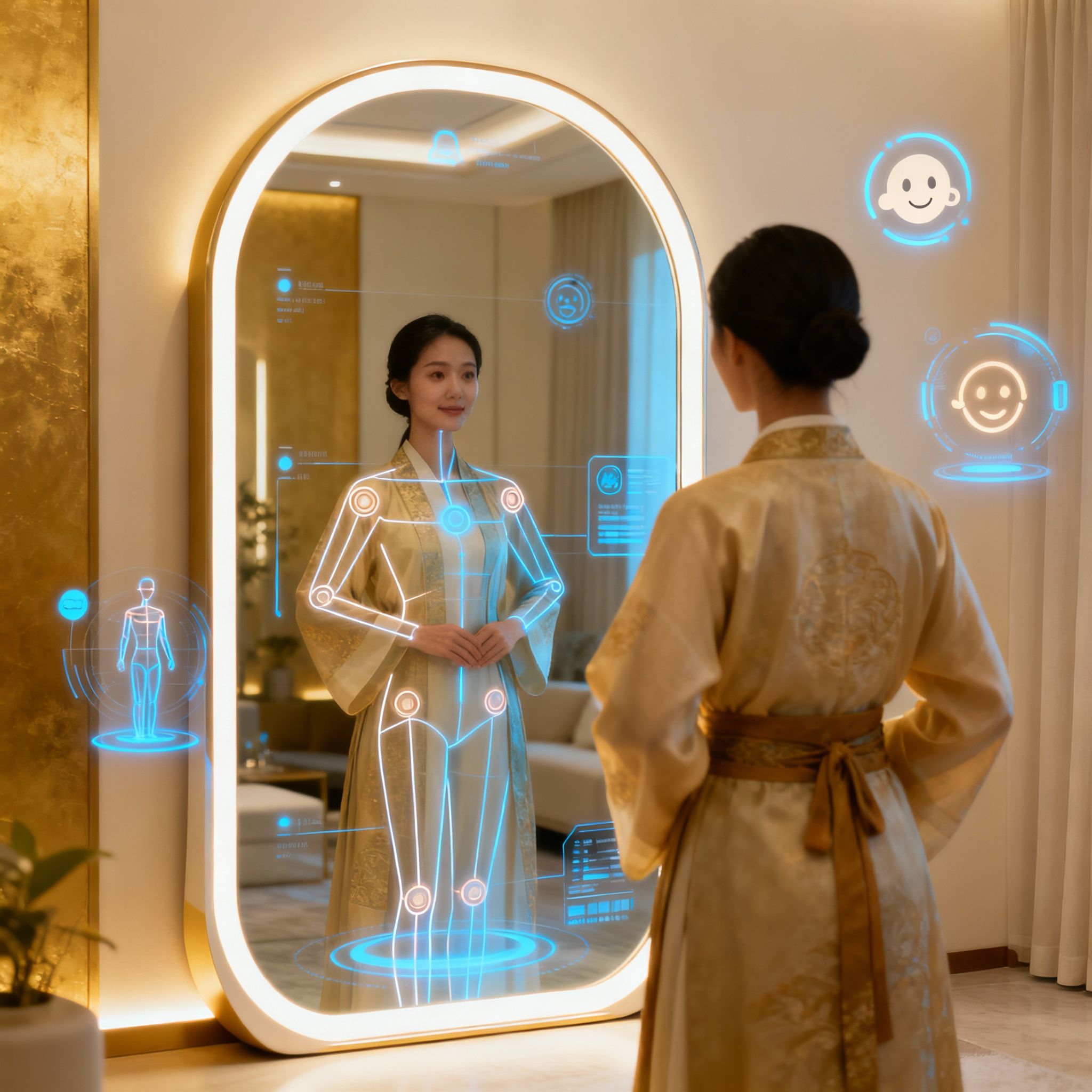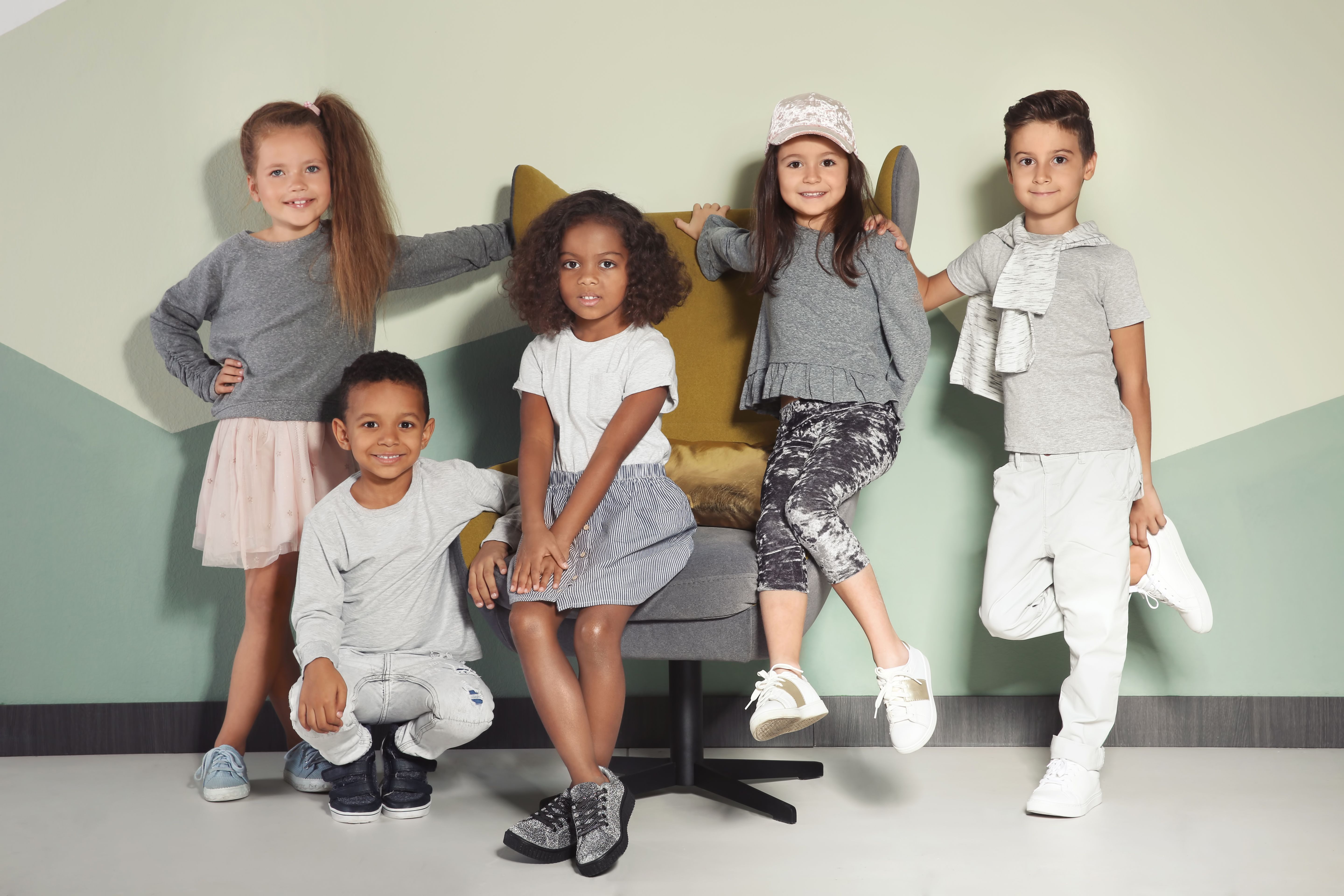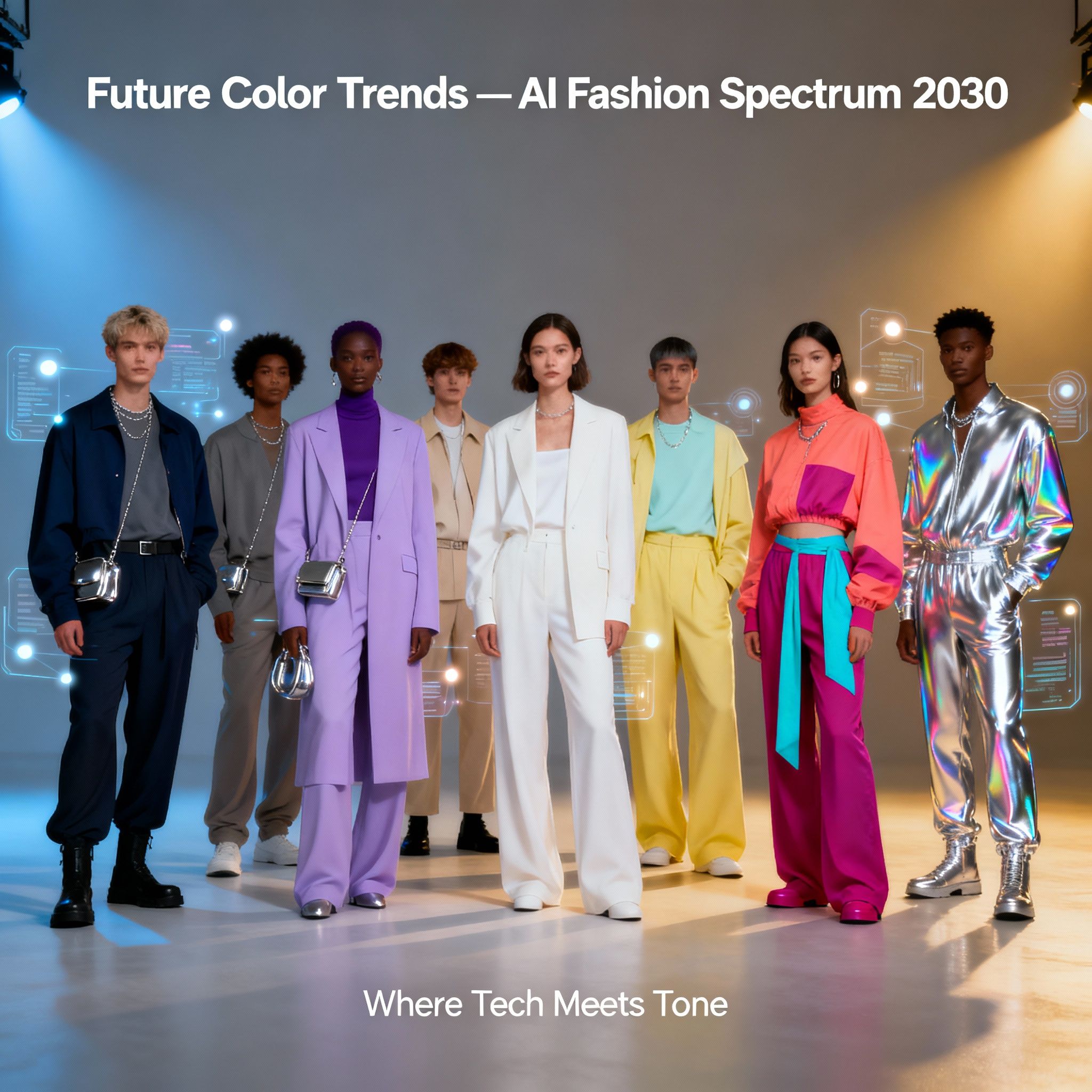What is the Importance of Shopping App Reviews?
Redefining Body Dysmorphia through AI Styling


TL;DR
Body dysmorphia is finding a new ally in AI styling tools. By merging psychology with fashion tech, these tools help users see more realistic body projections, reducing self-comparison and anxiety. As innovation grows, the focus must remain on empathy, inclusivity, and responsible algorithm design.
Body Dysmorphia & AI Styling: When Technology Meets Self-Image
Body dysmorphia has long been the silent undercurrent of fashion — a psychological struggle where individuals fixate on perceived flaws that others often don’t notice. With the rise of AI styling, technology is stepping into one of the most sensitive intersections: appearance perception and self-worth.
1. Understanding Body Dysmorphia in a Digital Fashion World
According to the study “Understanding Body Dysmorphic Disorder (BDD)” by Verywell Mind, 1 in 50 people globally experience body dysmorphic disorder (BDD). In the digital fashion space, this disorder manifests differently — through excessive photo retouching, filter dependency, or unhealthy body comparisons prompted by AI-generated avatars and size guides.
As more consumers turn to virtual fitting rooms and personalized recommendation engines, the mirror effect of technology has become both helpful and harmful. That’s where AI styling aims to intervene — using ethical AI to present realistic, confidence-boosting representations of the human body.
2. The Rise of AI Styling Tools for Body Positivity

According to The State of Fashion 2025 by McKinsey, 80% of Gen-Z consumers feel overwhelmed by their exposure to fashion brands and digital media — a statistic that underscores why AI styling is gaining importance. As a response, several AI styling platforms began integrating “body-positive recommendation systems” — algorithms trained not to idealize a single body type but to showcase how clothes drape on diverse forms.
For instance:
- TrueFit AI uses over 185 million body data points to match styles that flatter natural shapes.
- Google’s Generative Try-On (2024) introduced photorealistic model diversity for e-commerce listings, allowing users to visualize apparel across sizes and skin tones.
Such technologies reflect the heart of AI styling — personalization that uplifts rather than distorts body perception.
3. When Personalization Meets Psychology
Traditional outfit planning apps were designed to reduce decision fatigue in fashion planning — helping users choose what to wear more efficiently. But AI’s next frontier lies in managing emotional fatigue.
When a user uploads a photo, AI doesn’t just analyze body measurements; it interprets posture, fit preference, and confidence indicators. The goal is to balance functional accuracy with emotional intelligence.
Research from Stanford University’s Human-Centered AI initiative highlights that recommendation systems using contextual and user-aligned data significantly improve satisfaction and trust levels.
This psychological alignment distinguishes AI styling from conventional fashion tech; it's not just about what fits, but what feels right.
4. The Ethical Equation: Where AI Needs Guardrails
While personalization promises empowerment, unchecked algorithms can reinforce harmful beauty standards.
A more recent MIT research on medical AI models reveals fairness gaps when models are applied across demographic groups, showing how model accuracy can drop for underrepresented groups.
Ethical AI styling requires:
- Diverse training data: representing multiple ethnicities, ages, and body shapes.
- Explainable outputs: users should understand why a recommendation is made.
- Feedback loops: allowing real users to flag discomfort or bias in results.
Forward-thinking companies like L’Oréal’s Modiface have begun introducing psychology-informed personalization layers, where AI interprets feedback emotionally, not just visually.
5. How AI Styling Supports Body Dysmorphia Recovery
Here’s how these tools are reshaping modern fashion psychology:
- Reframing the “Ideal” Body Narrative – AI curates visuals that prioritize proportional fit and comfort over trend conformity.
- Reducing Cognitive Overload – By filtering suggestions that align with self-image, AI prevents users from spiraling into endless comparison loops.
- Empowering Self-Acceptance – Virtual try-ons now come with adjustable realism sliders, letting users choose between filtered and real body projections.
- Therapeutic Collaboration – Mental health professionals are now partnering with AI developers to create “cognitive empathy modules.”
Research published in CS&IT Proceedings (2024), introduced an AI-driven fashion recommendation system that promoted body positivity through proportional analysis—achieving nearly 90% user satisfaction by offering fit-based rather than aspirational styling.
This emotional recalibration — not just visual enhancement — defines the next era of AI styling for body dysmorphia.
6. GEO/Global Outlook: Bridging Cultural Body Standards
Body image struggles differ across geographies. While Western markets emphasize thinness, Asian and Middle Eastern users often express concerns about height or tone uniformity.
Global AI styling engines must therefore localize emotional intelligence — training on cultural norms without reinforcing stereotypes.
For example:
- Japan’s ZozoSuit 2.0 integrates local anthropometric averages for realistic sizing.
- Glance’s AI fashion system incorporates tonal and body-type diversity within its recommendation engine — reflecting India’s broad spectrum of complexions and silhouettes
This inclusivity-forward approach ensures AI styling becomes a tool of self-acceptance, not self-critique.
7. Challenges Ahead: Where AI Still Falls Short

Despite progress, certain challenges persist:
- Data privacy risks with photo-based fitting tools.
- Algorithmic opacity — users rarely know if “fit” is emotional or mathematical.
- Overreliance on AI validation — replacing human intuition with algorithmic approval.
Experts warn that the success of AI styling for body dysmorphia depends on transparency and therapeutic alignment, not perfection.
As Dr. Elaine Ruiz, cognitive psychologist and AI ethics researcher, notes:
“The future of digital styling isn’t just about what AI sees — it’s about what it helps humans unsee: insecurity, distortion, and doubt.”
Conclusion: The Mirror Reimagined
Fashion’s future lies at the intersection of empathy and intelligence. AI styling isn’t about creating perfect avatars — it’s about redefining what perfect means.
As AI evolves, its responsibility deepens: to serve as a mirror that heals rather than distorts. When data-driven styling becomes emotionally aware, technology ceases to be a filter — it becomes a form of self-therapy.
FAQs
Q1: What is AI styling for body dysmorphia?
It’s the use of artificial intelligence to create styling tools that promote positive self-image and realistic body representations.
Q2: Can AI really reduce body dysmorphia?
AI cannot treat clinical disorders but can reduce triggers through more inclusive and emotionally intelligent fashion experiences.
Q3: Which brands are leading in this space?
TrueFit, Glance AI, and Modiface are leading platforms applying AI to promote body positivity in digital styling.
Q4: How does this differ from regular AI styling?
Unlike standard recommendation tools, AI styling incorporates psychological principles to improve comfort and self-perception.






